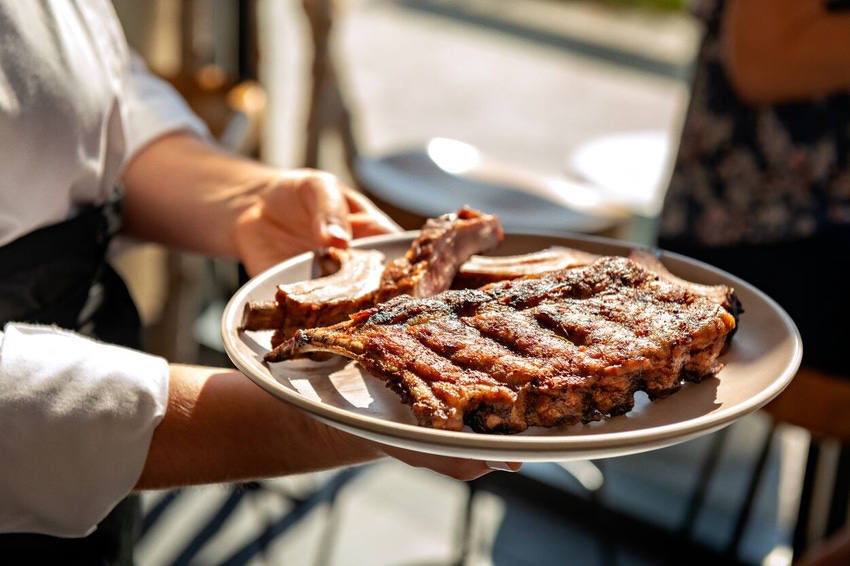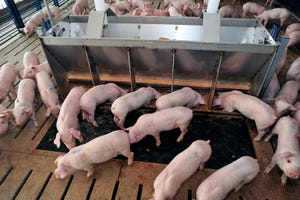Strong potential for chilled U.S. pork back ribs in Korea
Increased supplies, competitive pricing trigger a yearlong campaign to differentiate U.S. product, grow demand for U.S. back ribs.
July 3, 2023

As the South Korean government works to rein in rising prices, another duty-free tariff rate quota for imported pork was recently announced. Because pork imports from the U.S., EU and Chile enter Korea duty-free under free trade agreements, pork TRQs primarily benefit Canadian, Brazilian and Mexican pork.
With competitors gaining greater access to the high-value Korean market, U.S. Meat Export Federation efforts to promote and differentiate U.S. pork quality with the Korean trade and consumers are accelerating.
"We talked with U.S. suppliers and key accounts in the trade," said Korea Director Junil Park. "With strong supplies and competitive prices in the market, we identified the chilled back ribs as having strong potential for immediate sales increases and long-term demand growth in Korea."
USMEF kicked off an integrated marketing campaign for chilled back ribs earlier this year during meetings with the trade. Through the distribution high-quality posters and other print and digital materials, USMEF differentiated the quality of U.S. back ribs for use on e-commerce platforms and at butcher shops, retail outlets, processor facilities and restaurants.
Promoting U.S. back ribs as meatier and with greater yields, USMEF also offered samples to key accounts in the retail, e-commerce and foodservice sectors to demonstrate the superior quality and provide an incentive for summer promotions.
In May, USMEF implemented a week-long promotion for back ribs with a high-volume supermarket chain operated by E-Mart. Additional promotions for the chilled back rib are scheduled for this summer in the retail, e-commerce and foodservice sectors.
Promotional funding is provided by the National Pork Board, South Dakota Soybean Research and Promotion Council and USDA's Agricultural Trade Promotion program.
About the Author(s)
You May Also Like



